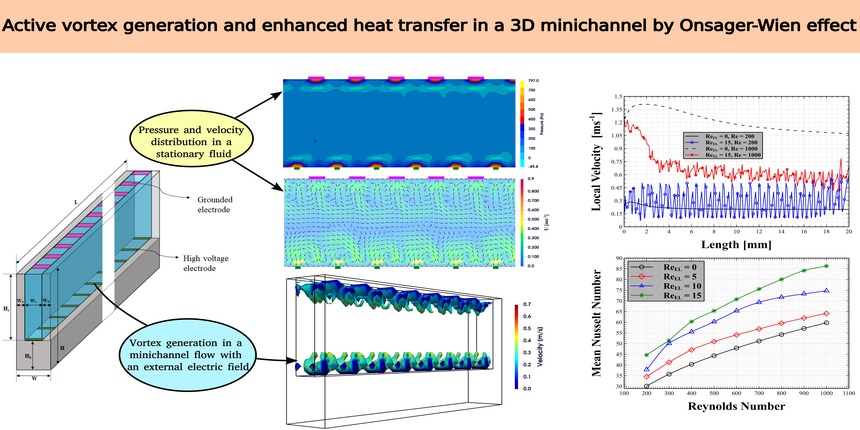IIT Madras, UAE researchers develop innovative cooling solutions for electronics applications
Tanuja Joshi | August 22, 2023 | 04:30 PM IST | 2 mins read
IIT Madras stated that the research will help in minimising heat generation in various space projects of India like the Chandrayaan-3 mission.

NEW DELHI: Indian Institute of Technology (IIT) Madras and Khalifa University in the United Arab Emirates (UAE) have jointly developed a solution for addressing heat management challenges in miniature electronic devices, particularly those used in space applications.
The research has been published in the Applied Thermal Engineering journal. The research paper has been co-authored by S Vengadesan from the department of applied mechanics and biomedical engineering at IIT Madras along with his research student R Vishnu, as well as Ahmed Alkaabi and Deepak Selvakumar from Khalifa University.
According to IIT Madras, India's second Space Age and the trend of electronics miniaturisation is exemplified by projects like the ongoing Chandrayaan-3 mission and the issue of heat generation from miniaturised electronic components is increasing. The research conducted by the IIT Madras team has used plate electrodes to disrupt the fluid flow within mini-channels and has developed an electro-hydrodynamics method for effective cooling of electronic devices according to the institute.
S Vengadesan, professor of, department of applied mechanics and biomedical engineering, at IIT Madras, said, “The new design developed by this research team uses thin plate electrodes that introduce swirling flows inside mini-channel fluids, which result in the formation of vortices at the boundaries, which in turn facilitates better heat transfer."
ALSO READ| IIT Madras team among top 3 globally at European Hyperloop Week 2023
The IIT Madras and UAE team used advanced computational methods to simulate fluid flows in three dimensions, showing how the introduction of chaotic swirling flows disrupts the conventional smooth flow at channel walls, thereby boosting heat transfer. According to the institute, “ The use of electrodes induces vortices in the boundary layer through the Onsager-Wien effect, leading to the disruption of the smooth flow”.
As per the institute, the mechanism identified in this study can be used for enhancing thin-film boiling and also its application can be used in the design of two-phase heat transfer systems.
Follow us for the latest education news on colleges and universities, admission, courses, exams, research, education policies, study abroad and more..
To get in touch, write to us at news@careers360.com.